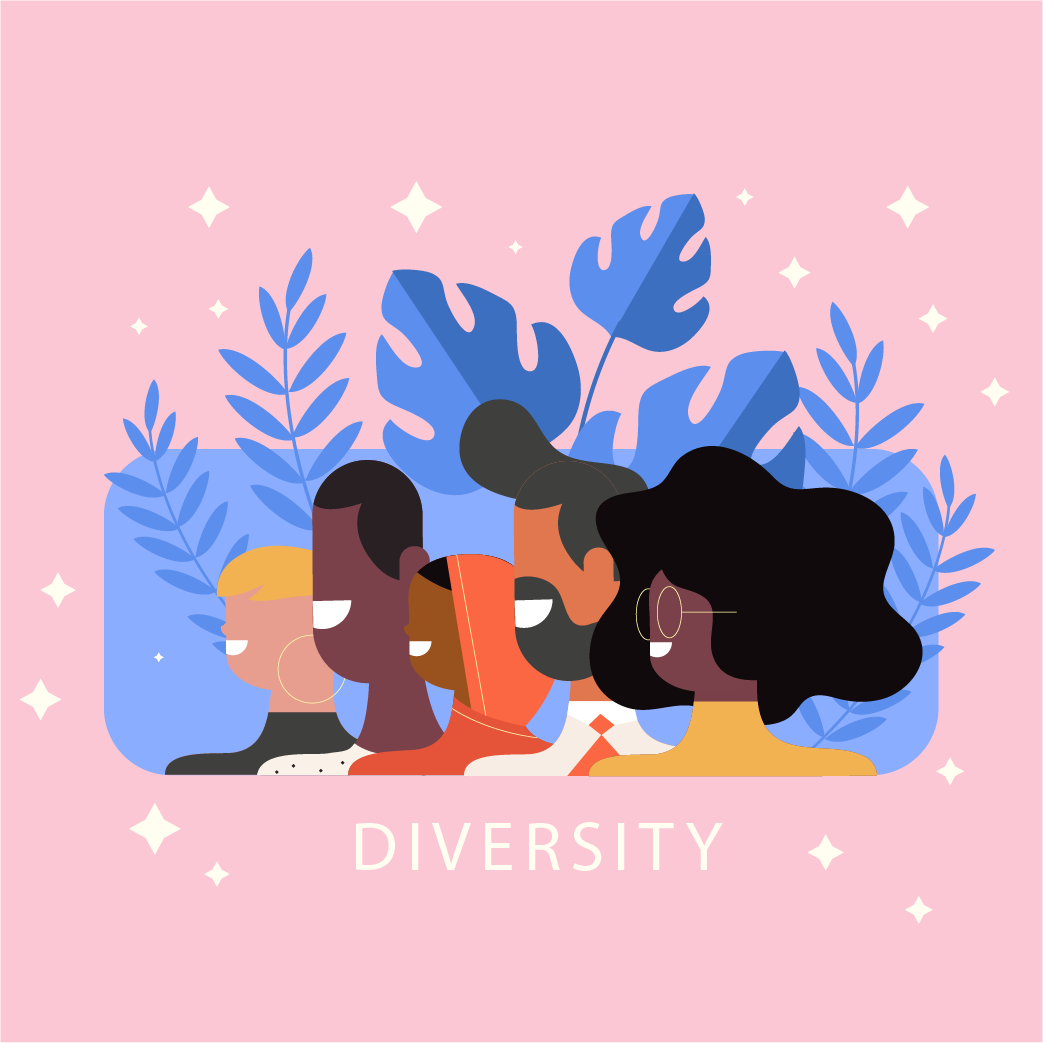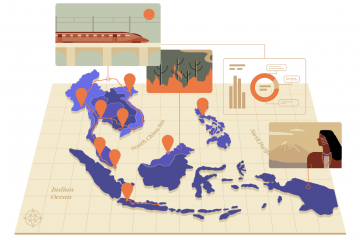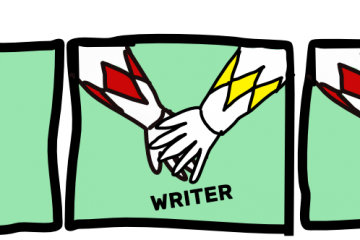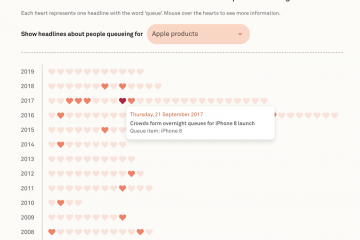Published in The Couch Potato – A weekly column of casual kopi chat over ideas on design, tech, education and all things under the sun. To help the average Potato become a smarter spud.
Most designers start designing with their ideal consumers in mind. Is there really such a thing as a ‘normal’ consumer, and if so, what serves as a baseline for normality?
Designers typically use themselves as a gauge of their consumers’ needs and capabilities, taking on pre-existing assumptions. Limited knowledge on consumer demographics means that there will always be some form of bias. Designs produced as such can easily include or exclude users who face barriers or have varied capabilities from the designers themselves.
It’s not a simple case of merely blaming the designers for jumping to conclusions. But more often than not, it is unintentional on their part. How can we create designs that cater to more people, so that we are not unintentionally pushing other groups into the margins of our society?
What is inclusive design
Humans are diverse, with a wide range of needs, capabilities and aspirations. How can we care for those who are unlike us in age, gender, physical mobility, financial capabilities and even culture? At the end of the day, we need to factor all these differences into our designs to ensure that we are designing with ANY person at the core of our processes.
According to The British Standards Institute (2005), inclusive design is defined as: ‘The design of mainstream products and/or services that are accessible to, and usable by, as many people as reasonably possible … without the need for special adaptation or specialised design.
Inclusive design is a process that begins right at the start and should not be an afterthought only after the product is completed. With empathy, designers should think about the varied needs of those around them and include all these factors during the initial thinking and planning phase. What are the different ways that users can use the same product?
The aim is not for the product to have a single universal solution for as many people as possible, but in fact, many different solutions for many groups of people. Inclusive design should be adaptable for all human experiences, providing many solutions through the same product, and not a one-size fits all solution.
Misconceptions: Accessibility vs. Inclusive design
Accessibility and inclusive design are two concepts that are closely linked together. They are often used interchangeably, although they are not identical. Distinguishing between them will give us a better understanding of inclusive design.
According to Microsoft inclusive toolkit – ‘An important distinction is that accessibility is an attribute, while inclusive design is a method.’
Inclusive design is a process that starts from the beginning, right when our creative brain juices are churning. When we are making decisions that will end up including or excluding users, we are already on the journey of inclusive design. If the product created caters to people with varied abilities, it would mean that it is now more accessible, although it might still not be entirely accessible to all. Accessibility is a desirable characteristic of products with inclusive design.
Considerations and examples of inclusive design
When we think of making a design inclusive, the first group of people that would be obvious for us to include for those who have visual or hearing impairments, or those who have physical disabilities.
For example, Werable, an adaptive fashion clothing company worked with 55 mins, a UX company to figure out the pain points of stroke patients. Caregivers have a hard time dressing bedridden patients in normal clothes as they are typically designed for those with no mobility issues. User testing allowed Werable to find out the struggles that caregivers are facing when dressing bedridden patients, and came up with adaptive clothes that catered to this group of people. The clothes are not just designed for people with mobility issues, but can be worn by anyone and still look graceful and elegant.
Besides physical products, the world is moving towards designing digital products and interfaces with more apps coming our way. When developing a digital interface, what are the key considerations that you should think about and what adjustments can you make to your product to make it more accessible?
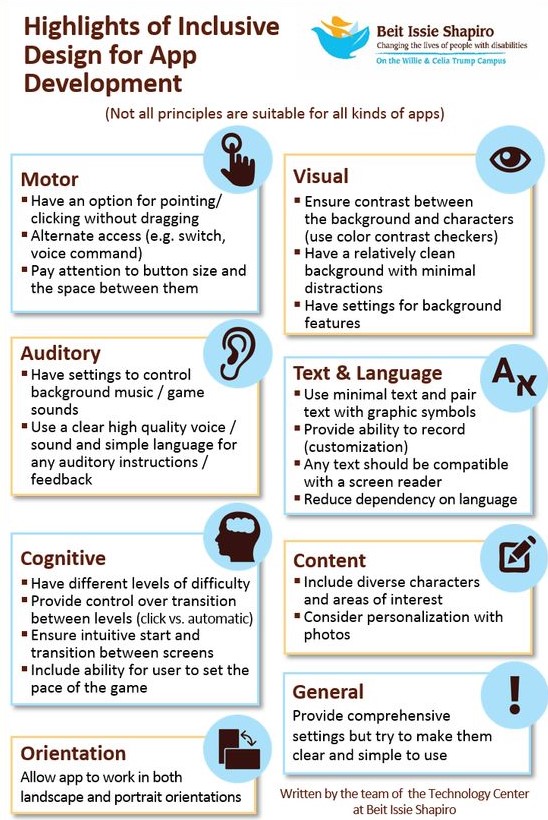
While inclusive design considers groups with disabilities, it does not necessarily mean that this is the only way to create an inclusive design.
Other than impairments, differences in age, gender and culture are also important considerations. For example, Bumble goes beyond the usual male/female gender options with a third option of ‘genderqueer’, not restricting users to just the classic binary choices. As the world moves towards more liberal views and grows more supportive of varied communities, our products have to evolve alongside them to reflect our willingness to embrace diversity.
Humans can also have different needs at different points in their lives, or in different circumstances. Inclusive design should be adaptable for all human experiences, even if it is just temporary impairments or situational scenarios.
Why should we have inclusive design?
There are bound to be unpredictable times when we have temporary impairments, such as getting hurt and having an injury. Products with inclusive design that caters to those with only one hand might be of use for us one day if we were to injure one of our hands as well.
As we progress in life, we may not be able to escape the struggles that come with reduced mobility as we start aging as well. Inclusive designs will inevitably benefit us in time to come.
For the society at large, the design process informs us of how we should treat others and how we are shaping society. Having an inclusive design starts with having empathy – choosing to understand the diverse needs of the human condition and not to forsake those who are not part of the ‘majority’. Are we part of a compassionate society or do we favour some more than others? By including as many groups of people as possible in our designs, more people will benefit from products and it opens more doors to seek greater quality of life and happiness for all of us.
If you like our content, please reach out to us at stories@potatoproductions.com. We’re looking for content partners and we’re excited to get more eyes on interesting articles!

